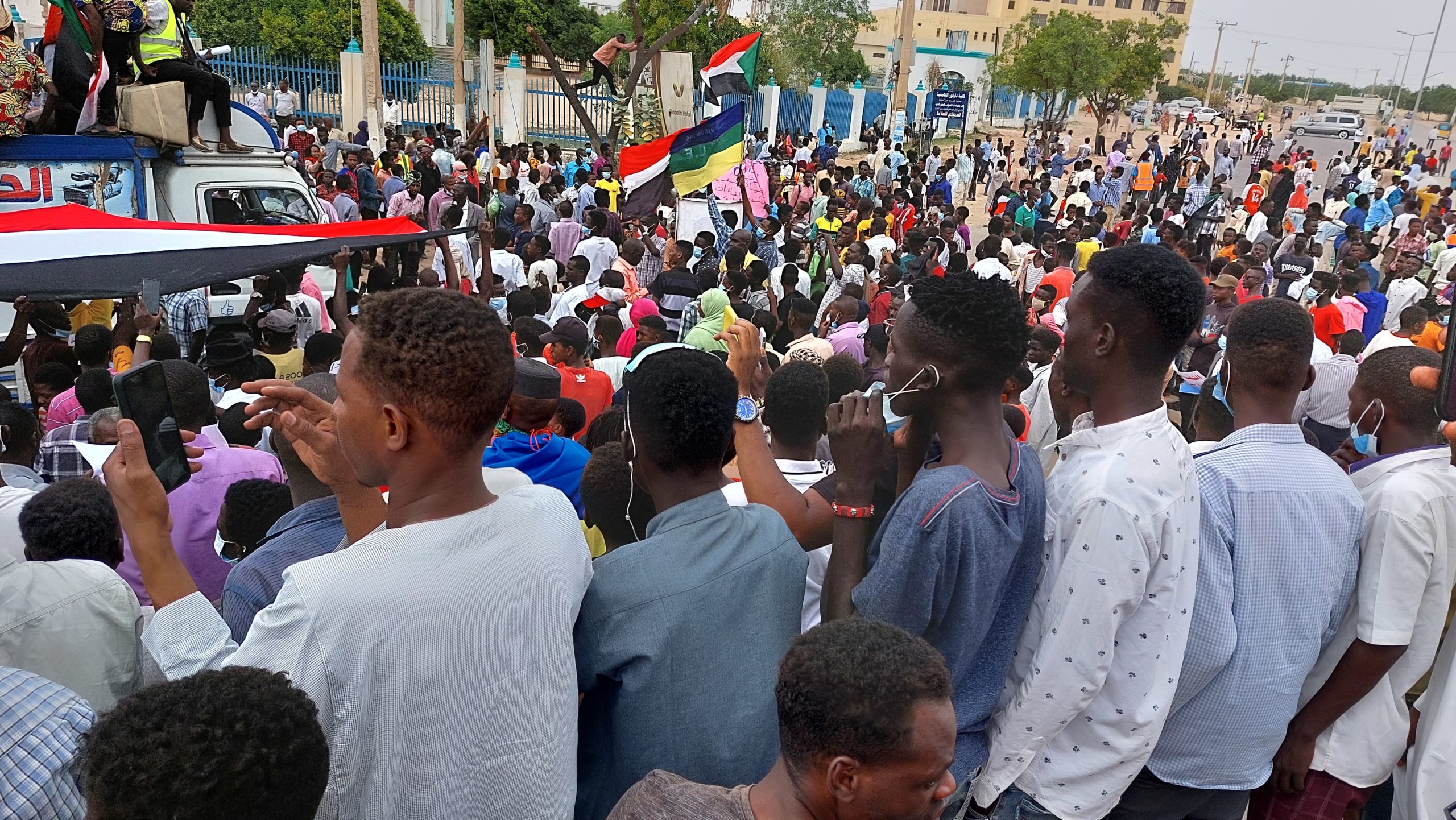24.11. 2021 (Khartoum) Security forces have repeatedly used excessive force, including lethal force, against demonstrators in and around Khartoum, Human Rights said today.
Sixteen people were shot dead on November 17, 2021, alone, including a woman and a child, the deadliest response to date.
Protesters again took to the streets on November 21, despite the announcement that the prime minister, Abdalla Hamdok, had been released and had signed a deal with the military.
“The ruthless killing of 16 people on November 17, many shot in the head, shows clearly that Sudan’s security forces had no intention of exercising restraint, but are bent on silencing Sudanese voices,” said Laetitia Bader, Horn of Africa director at Human Rights Watch. “Sudan’s backers should not, in the name of political expediency, let these crimes go unanswered nor those responsible get away with them.
” The November 21 deal with Hamdok reinstates him as prime minister and allows him to form a technocratic government. The deal also calls for the release of “political detainees,” and national investigations into abuses. The deal was immediately rejected by protesters and the Freedom and Change Forces (FFC), the political alliance that once represented the civilian component in the transitional government, which was overthrown. Since the October 25 military coup, groups have organized multiple large-scale demonstrations during which security forces have repeatedly used lethal force. While the prime minister was signing the deal with the military leadership, security forces used teargas, rubber bullets, and live ammunition to disperse protesters outside. Human Rights Watch spoke to 10 protesters and 3 doctors, and reviewed 7 video clips posted online. The Sudanese Archive, an independent rights organization that archives, verifies, and investigates open-source documentation in Sudan, verified the videos.
According to doctors’ groups, 41 people have been killed since the protests began, including 5 children and a woman. The military has deployed joint forces including Sudan Armed Forces (SAF), Rapid Support Forces (RSF), regular police, riot police, and Central Reserve Police (CRP), a militarized police unit, at protests in Khartoum and its outskirts.
According to forensic reports seen by Human Rights Watch, 6 of 12 people on whom autopsies were carried out after November 17 had been shot in the head, one in the neck, and five in the chest. Medical reports said that 107 were wounded, including 48 reportedly due to live ammunitions.
On November 18 the police denied that their forces had used live ammunition. Human Rights Watch examined reports filed by families of the killed at police stations for eight protesters killed on November 17, citing live ammunition injuries as the cause of death. Lt. General al-Burhan, the military chief, denied in a televised interview on November 7 that the army was involved in previous killings.
However, evidence obtained by Human Rights Watch, including witness accounts, forensic reports, and video footage, point to the use of live ammunition by security forces in SAF, RSF, CRP, and regular police uniforms. Bahri, a town within Khartoum, had the highest toll, with at least 11 killed and over 77 injured on November 17. A 31-year-old protester said that protesters gathered around noon along Bahri’s main street near al-Mo’assa intersection where police units were already stationed.
He said the police suddenly fired teargas canisters without warning: “Some protesters started throwing rocks at the police, but we asked them to stop. Then the situation changed. Around 1:30 to 2 p.m. the police opened fire. Again, without warning. We thought they were shooting in the air until I started feeling bullets flying at my body level. I saw one protester hit and fall bleeding.”
Three witnesses said they saw members of both regular and anti-riot police, as well CRP, directing their guns at the protesters, some kneeling or taking a shooting

